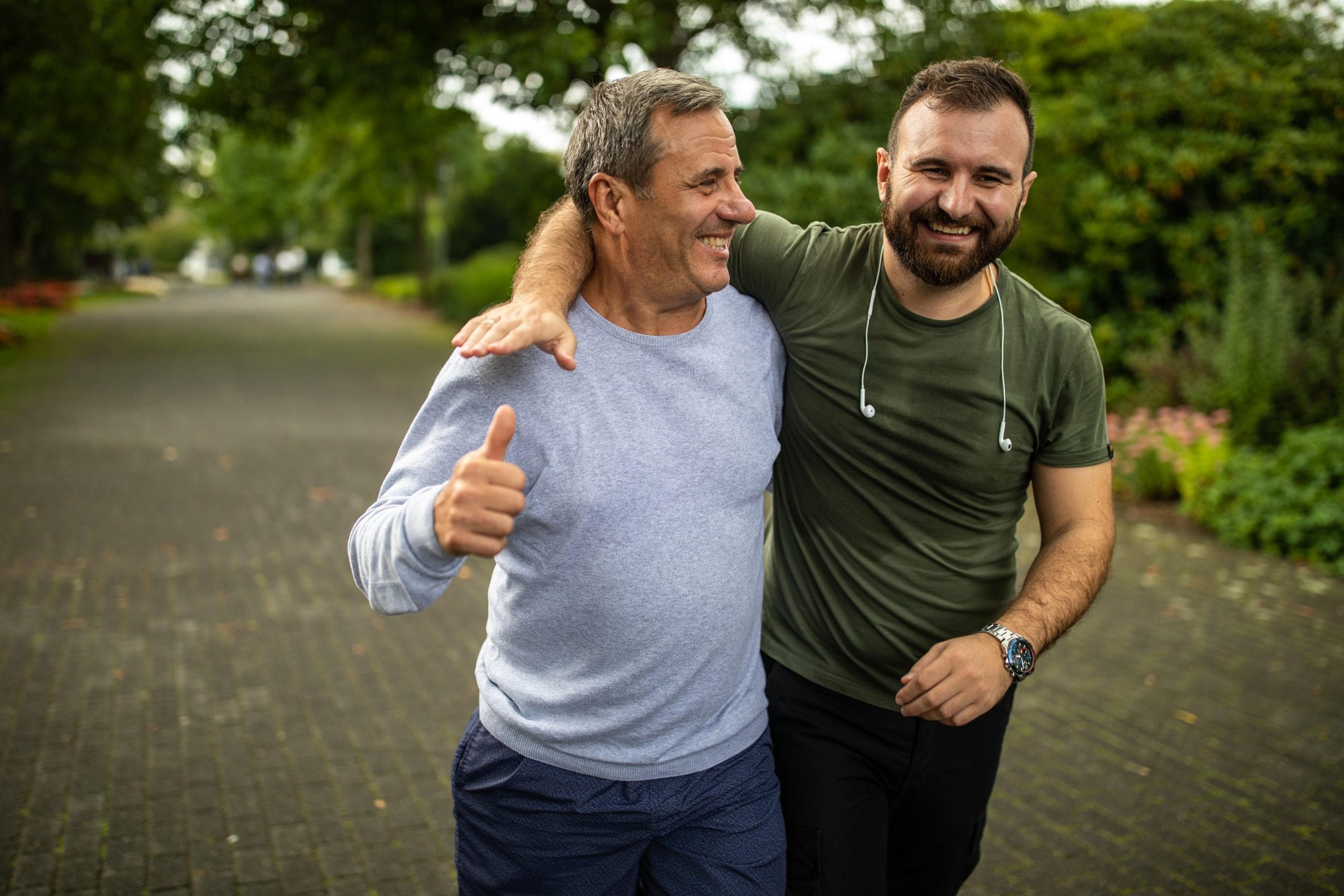Why Men are at a Higher Risk for Unintentional Injury and Death
Dr. S. George Kipa, M.D.
| 3 min read
Medical Officer

Men are twice as likely than women to die from an unintentional injury. And unintentional injuries are the third leading cause of death for men, behind heart disease and cancer. Unintentional injuries leading to death in men typically are caused by drug overdose, motor vehicle accidents and falls; while unintentional injuries that are not fatal are typically caused by falls, inadvertently being struck by an object and overexertion. There are several theories as to why men are at a higher risk for unintentional injury and death.
Gender norms
Think of masculine stereotypes, and how society can promote and reward risk-taking behavior by men. This is rooted in the popular culture’s definition of what it means to be male, in which strength and independence are rewarded. This often begins at a young age, as evidenced by the statistics: among younger men age 1 to 44 years old, accidental death is the leading cause of death. Unintentional injuries can result from a variety of behaviors in activities at work or play. For example, 70% of injuries related to fireworks in 2017 were among men.
Job hazards
Men are 10 times more likely than women to be killed at work. Jobs that come with a high risk for occupational injury are often dominated by men. This includes industries like construction, manufacturing, agriculture, transportation, warehousing, the military, public safety, mining and commercial fishing. These jobs often rely heavily on physical labor. As pain can be viewed as a weakness, men can find themselves going to extreme lengths to overexert themselves physically and to cover up their physical pain to maintain the status quo. Additionally, wearing the correct safety equipment and following all safety precautions when on the job may be viewed as less manly by some of their peers. This could lead to a workplace environment where dangerous work and strain is normalized, and ripe for unintentional injury.
Substance use
For men, unintentional death is often linked to substance use. There are several factors at play:
- Alcoholism is often normalized among men. As alcohol can affect the brain’s ability to make decisions, men may be more likely to engage in risky behaviors when under the influence.
- Drug overdose is the number one cause of unintentional death at home for men of most age groups. This may be linked to men’s attempts at managing their mental health by using substances. The same gender norms that put men more at risk for unintentional injury and death also present a stigma for men around seeking treatment for depression, anxiety or mental illnesses.
Interventions
To confront the trend of high rates of unintentional injury and death among men requires, many different types of interventions are necessary:
- Screen for alcohol and drug use
- Encourage the use of safety equipment and precautions at work
- Destigmatize mental health and seeking treatment
The U.S. Department of Health and Human Services reports men are 24% less likely to visit the doctor annually. Many men view doctor’s visits as a waste of time if they aren’t sick or exhibiting symptoms. However, primary care providers can help screen for alcohol and drug use and can provide referrals to mental health providers. Mental health treatment options have recently expanded to include more online and telephone options, offering a discreet and flexible service to those who need it. Often the first step to establishing healthier behaviors starts by making a personal connection to a primary care provider. Seeing a doctor regularly can save time and money in the long run, and sometimes save a life. Dr. S. George Kipa, M.D., is a deputy chief medical officer at Blue Cross Blue Shield of Michigan. For more health information and tips, visit AHealthierMichigan.org. Related:
Photo credit: Getty Images





